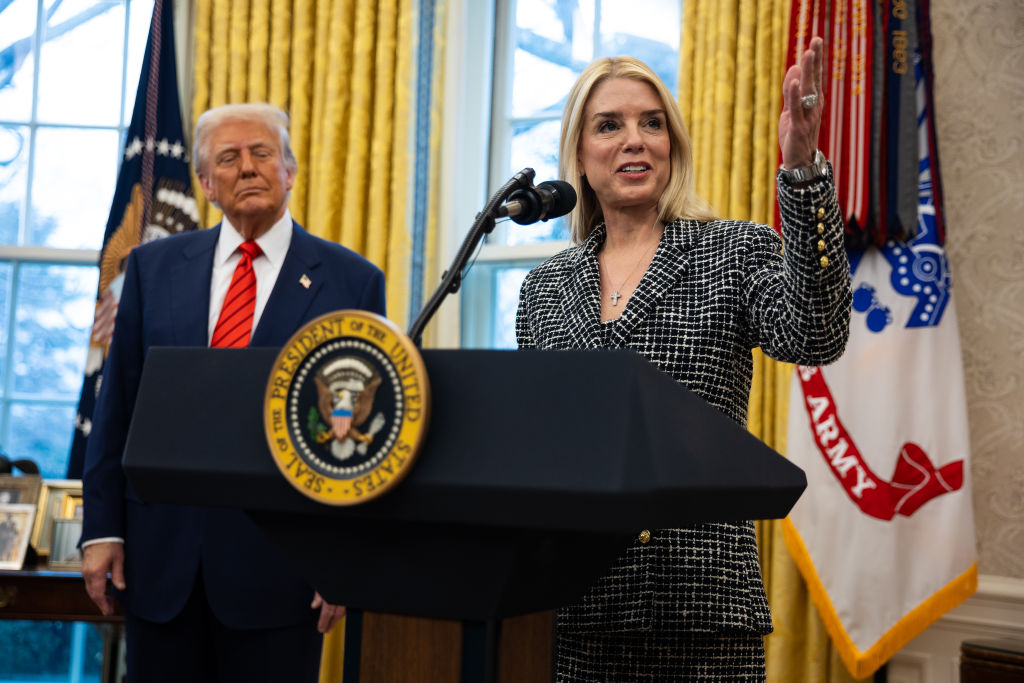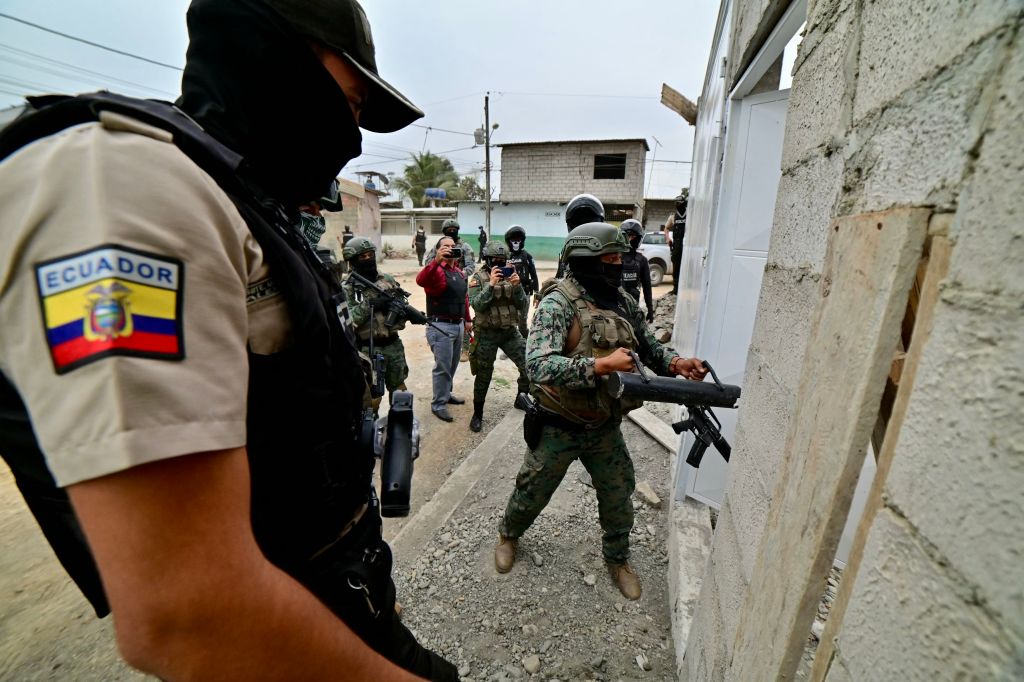Video: The Future of Anti-Money Laundering in Latin America
Video: The Future of Anti-Money Laundering in Latin America
The AS/COA Anti-Corruption Working Group held a discussion on the challenges to combating money laundering in the region.
Speakers:
- Diana Salazar, Attorney General of Ecuador
- Woo Lee, Deputy Chief of the International Unit at the Money Laundering and Asset Recovery Section in the Criminal Division of the U.S. Department of Justice
- Mark Califano, Chief Legal Officer and Regional Managing Director of the Americas, Nardello
- Roberto Simon, Senior Director for Policy and Head of the Anti-Corruption Working Group, AS/COA (Moderator)
AS/COA's Anti-Corruption Working Group hosted a group of experts to discuss the future of anti-money laundering in Latin America and addressing the impact of this issue on governments and the private sector. Attorney General of Ecuador Diana Salazar spoke about the many investigations into financial crimes involving public- and private-sector figures, pointing to the upcoming trial of former President Rafael Correa. Salazar also expanded on the effects of a 2017 law limiting public officials' participation in fiscal paradises, saying that there are signs money launderers are trying to find new ways to move illicit funds. Woo Lee of the U.S. Department of Justice underlined the difficulties of investigating money laundering, saying "the FBI will compare it to a jigsaw puzzle with pieces and hints of red flags, but not the full picture, and we need assistance from other countries to put pieces together."
The panelists also discussed Venezuela and the challenges in monitoring transaction activity. Mark Califano of Nardello spoke about the difficulty in differentiating between legal and illegal money. With the current political situation in Caracas, he said there is an "unquestionable heightened scrutiny" among authorities when looking at assets coming or going to the South American country. The panelists were asked about technological innovations in money laundering, such as cryptocurrency wires. Califano projcted this technology to advance in the next five to ten years, and cause instability in local banks.








